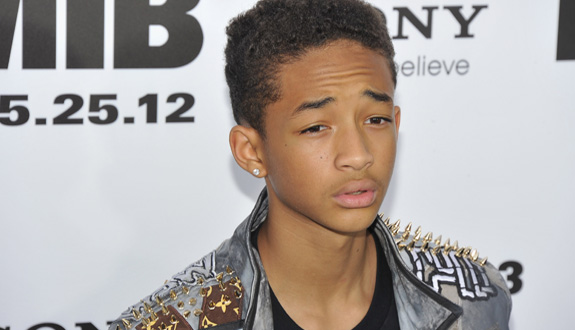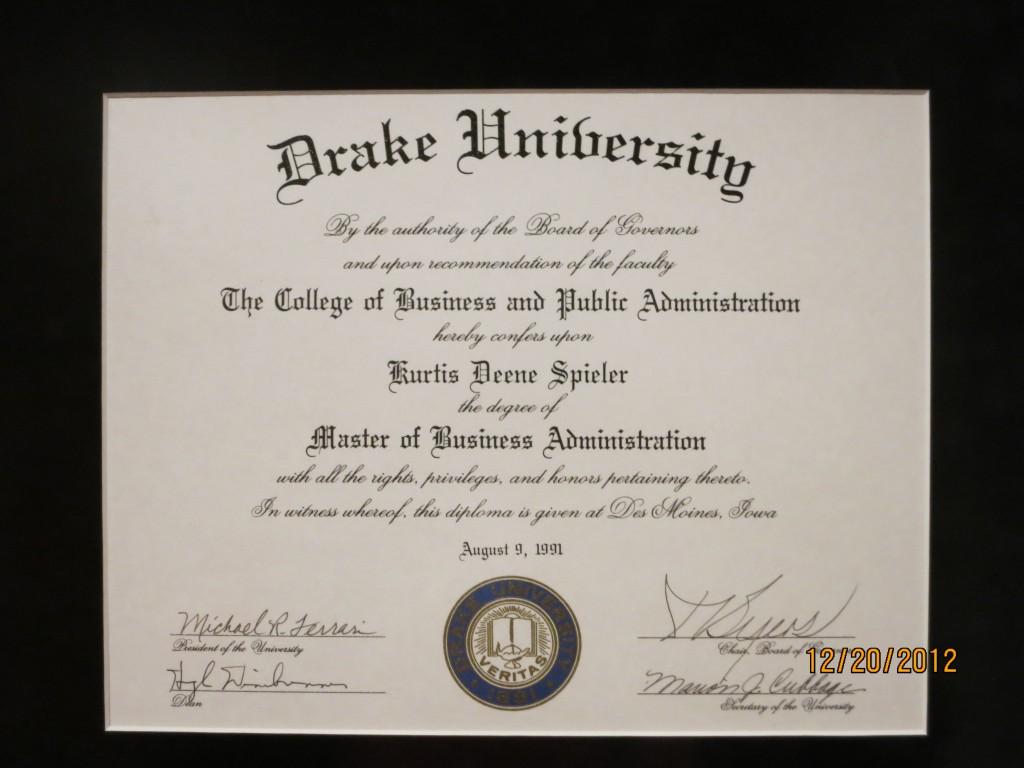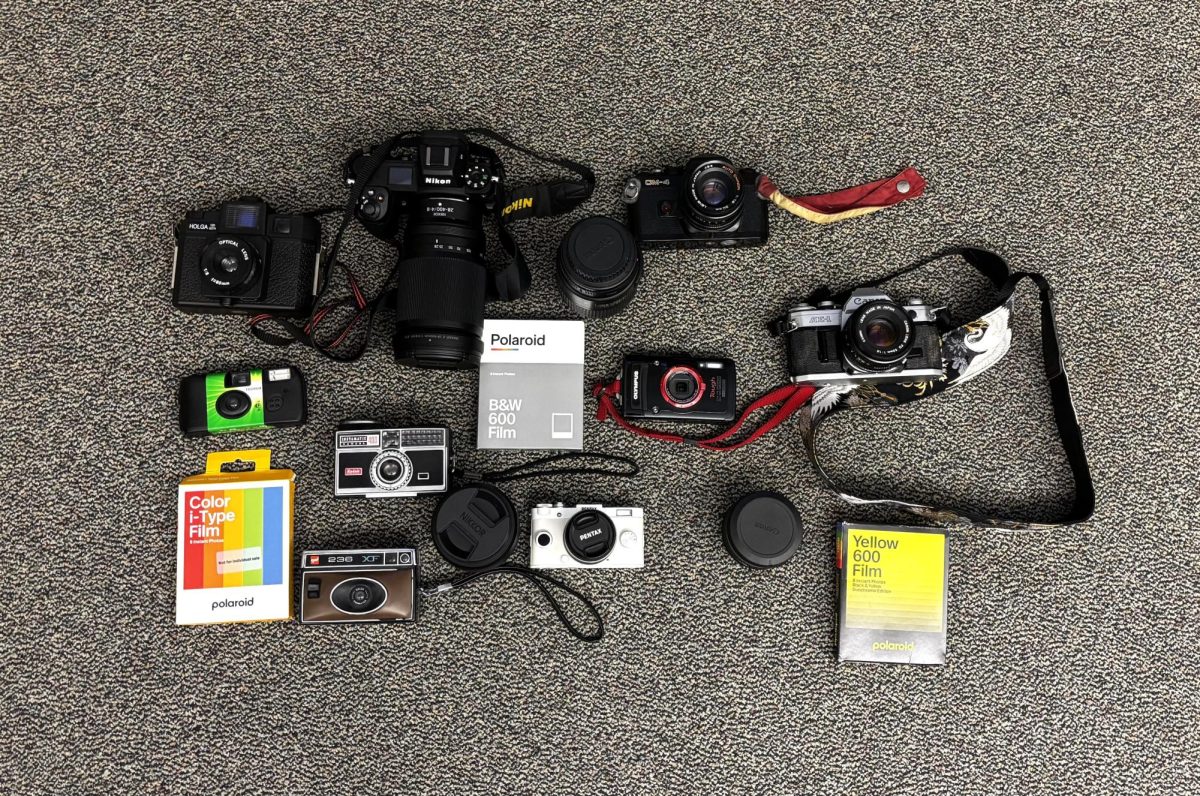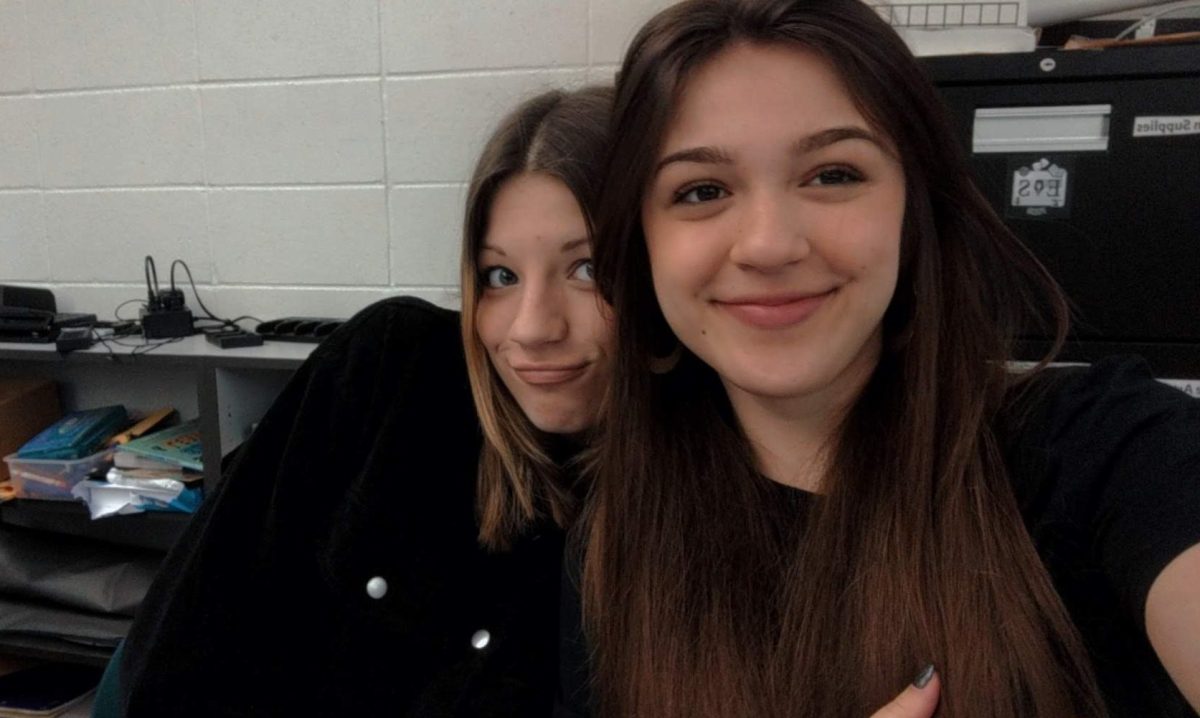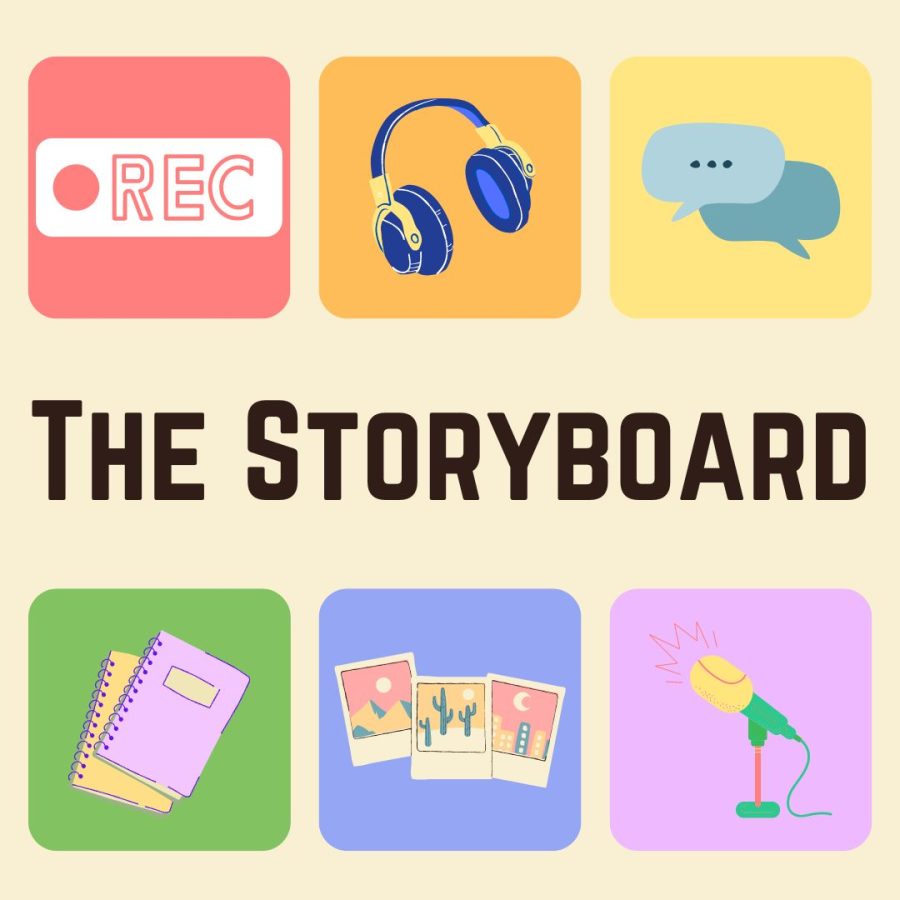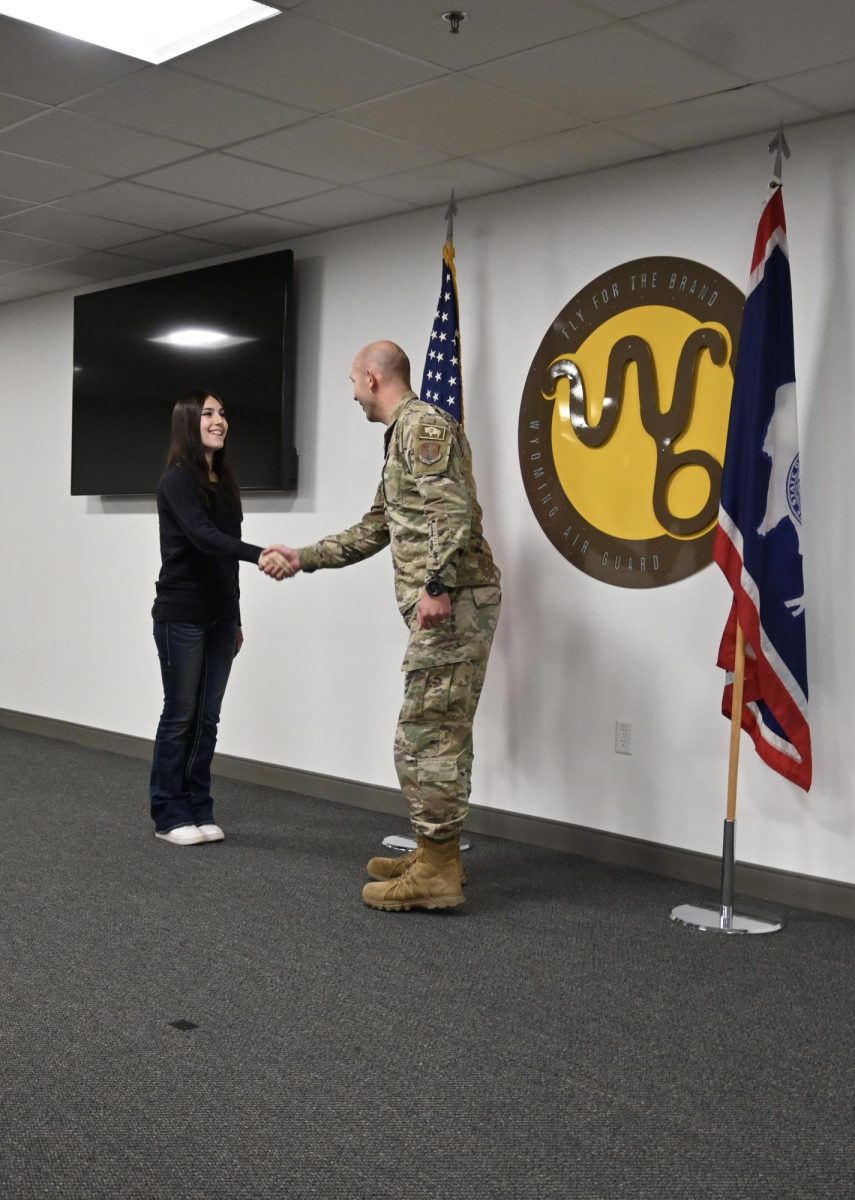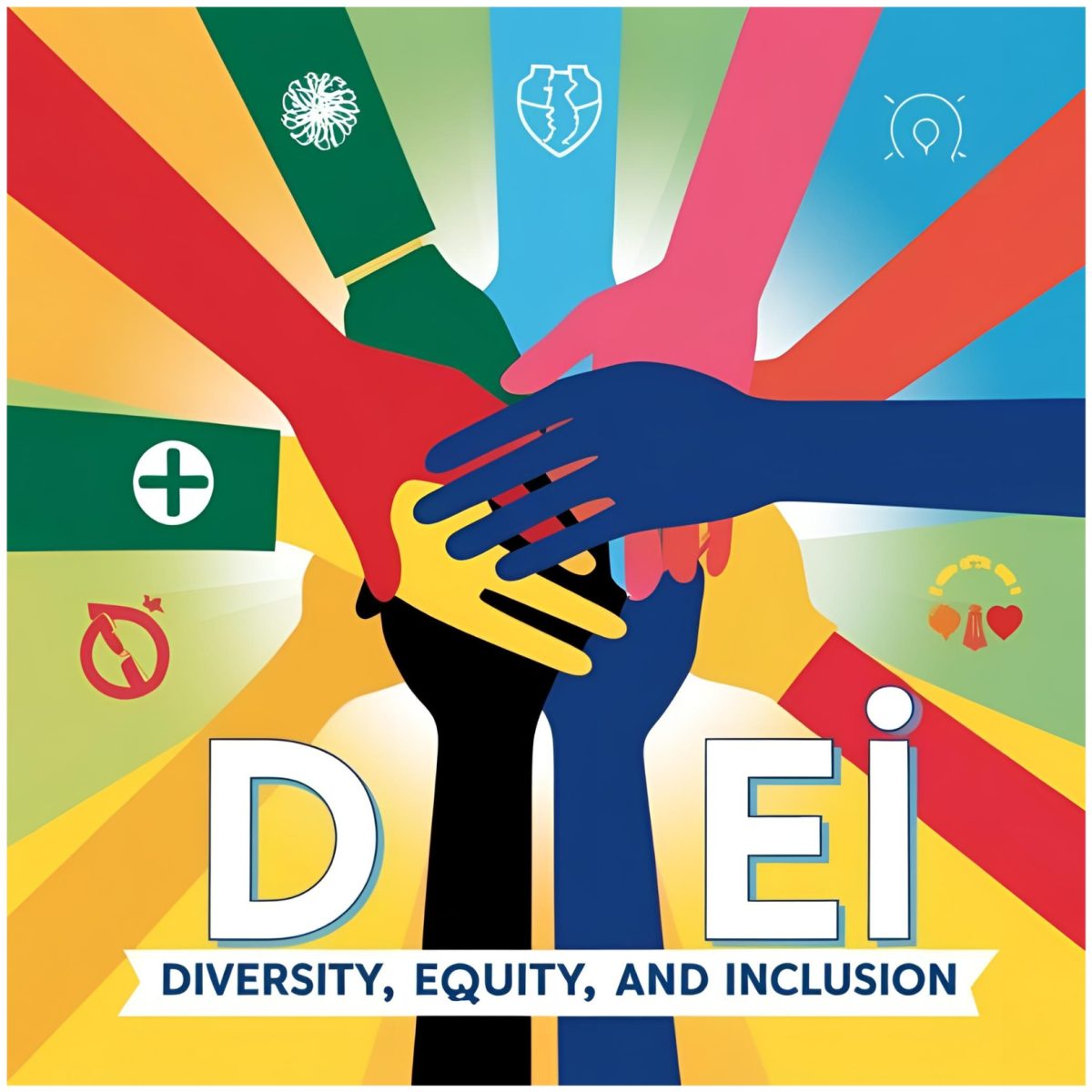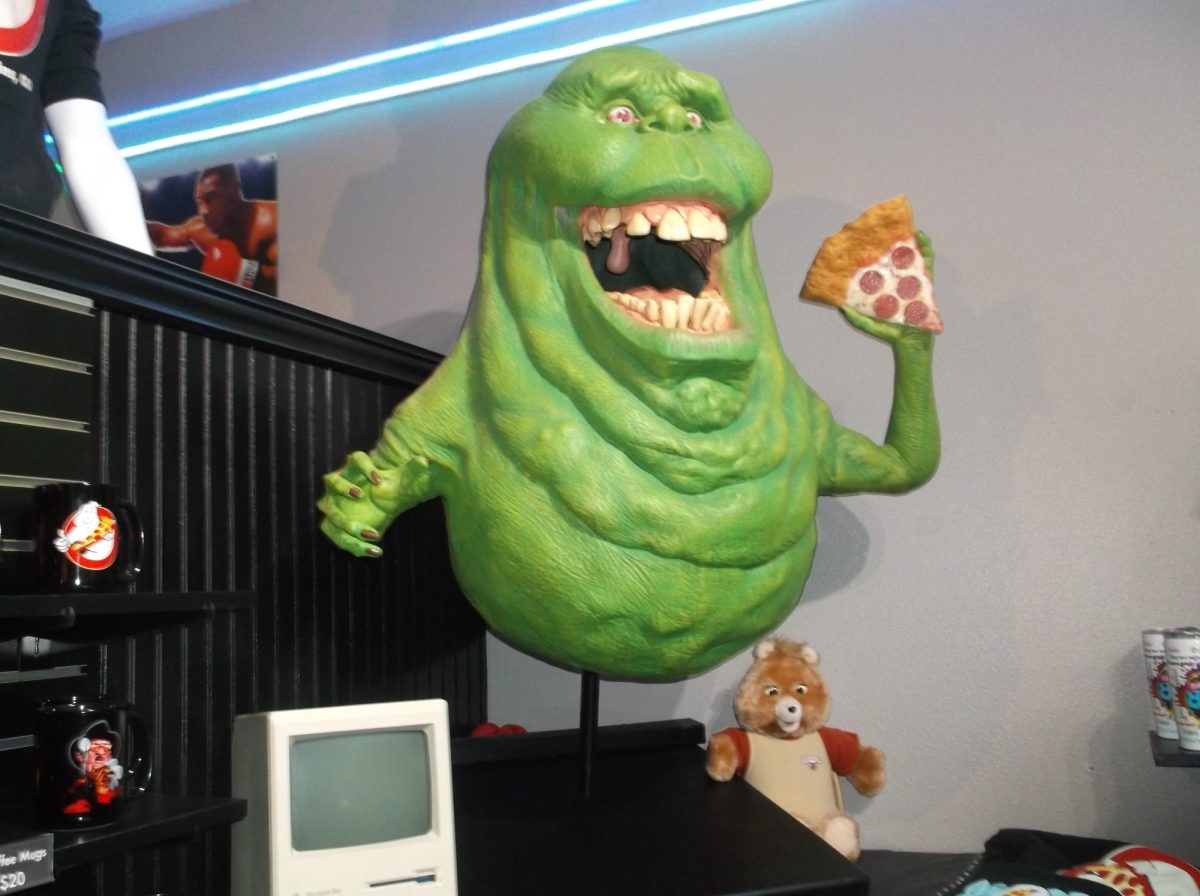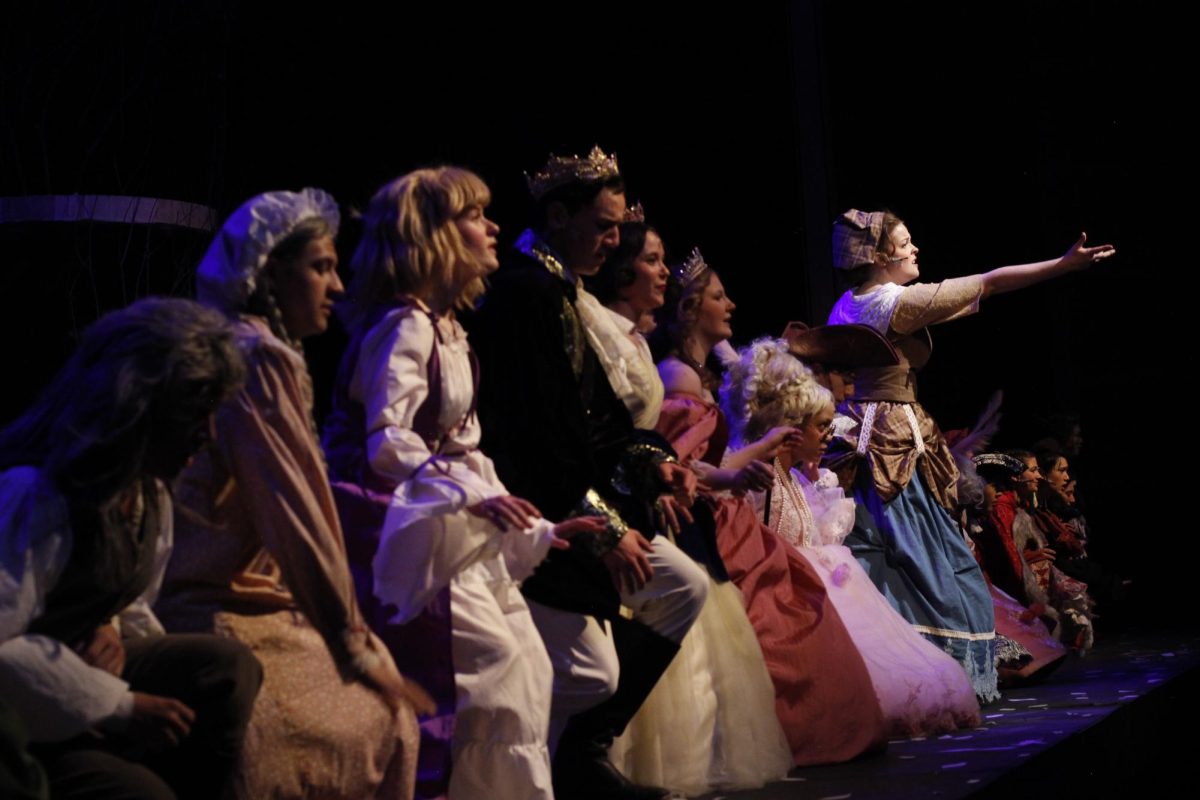Last week, my Creative Writing class had a discussion about the definition of creativity. What defines creativity? We ultimately came to the conclusion that creativity is the act of original expression through one’s ability of reflection. Basically, you reflect on your experiences and turn them into something tangible.
That discussion planted a seed in my brain that inevitably sprouted into other discussions, with other people about other things. The end resulted in a synthesized question: Is there only one story?
Now, you’re probably completely lost. Let me take a step back.
After I discussed the definition of creativity with several other people, a trend seemed to emerge–the discussions shifted towards the definition of art. We never could quite nail down what art was, as it is so completely subjective. Someone may find something repulsive, while someone else may find it as an artistic expression. But we all seemed to agree that it is some sort of expression that has, in total, shaped society and the world as a whole.
My concurrent Intro to Literature class just finished reading a book written by English professor Thomas C. Foster, titled How to Read Literature Like a Professor. I won’t dive too deep into commentary about the book, but all I’ll say is if you can say it in a two page outline, you shouldn’t say it in a 300 page book. Needless to say, it is an important book that explores the nature of ancient and modern literature and the archetypes and themes that tie them together. But one of the chapters makes a very interesting assertion: every story that has ever been told is the same story. Now here’s where the synthesis of ideas begins.
Every single book, poem, script or what-have-you all is telling the same message about the same group of people; humanity. While you could argue that reappearing archetypes and story angles throughout history could be perceived as the “same” story, I personally believe that doing so absolutely undermines the creative and artistic vision that a writer presents. And here comes the discussion.
As defined earlier, creativity is an act of reflection on one’s life to come up with something original. And art, while subjective, is incredibly fragile and eloquent, yet undeniably important in telling stories and shaping societies. My path of discussions with classrooms full of people, friends and family led me from defining creativity to art to stories.
Creativity is original; it’s new; it’s fresh. Yes, many books play into the “hero’s journey.” But that doesn’t mean that every story is the same. Take Jonathan Safran Foer’s 2002 masterpiece “Everything Is Illuminated.” While there may technically be a hero having a journey, to label it as such doesn’t do the novel justice because there is so much variation to what Foster describes in his novel about the hero’s journey. To say that every story is the same is to strip the creativity from the author and undermine the artist’s original work. It completely invalidates the role that authors have in our society and debacles their line of work, millennia in the making.
Creativity is original. Art is original. Stories are original. There can be influences from previous pieces, but in the end, art is a creative process, which means it was based upon self reflection. And how can something be more or less original than someone’s inner most thoughts?
Simply put, it can’t be.
*Editor’s Notes are published the first and third Friday of every month, as well as the Friday that an issue is released.






